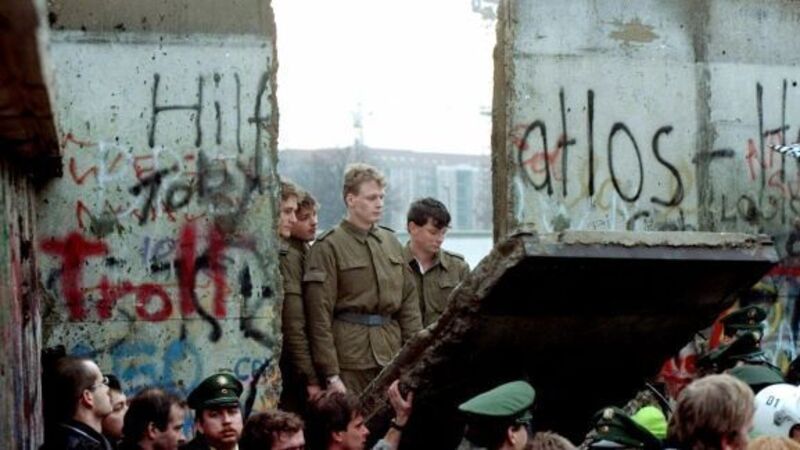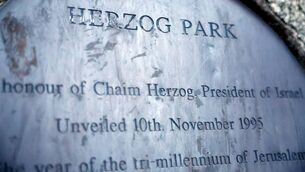First step towards a stable Europe

The Wall stood for 28 years and was a neat metaphor, almost Hollywood shorthand, for the dividing line between good and evil— the affluent West and, as Ronald Reagan described it, The Evil Empire. Of course the reality was much more nuanced; neither adversary had a monopoly on good or evil, neither presided over Valhalla, each had its own social problems. It made little or no difference to the poor or the abandoned whether they lived under Stalin in Murmansk, under de Gaulle in Toulouse or under Nixon in Detroit, hardship is politically neutral and indifferent to its victims.
Nevertheless, the Wall did stand between two philosophies, dividing one of Europe’s great capitals in a stark, uncompromising way marking the great fault line in post-war Europe. It, in the West at least, symbolised the Cold War and the freedoms denied to those trapped behind the Iron Curtain. In today’s world only North Korea persists with an exclusion policy as robust as that imposed by the totalitarian Soviet Union. That is unsurprising as the same issue is in play— the dictators’ realisation that they could not control the states’ citizens if they knew what the outside world was really like. Perestroika and glasnost introduced Soviet citizens to an alternative way of life and the world changed, the citizens of North Korea await that liberation.













